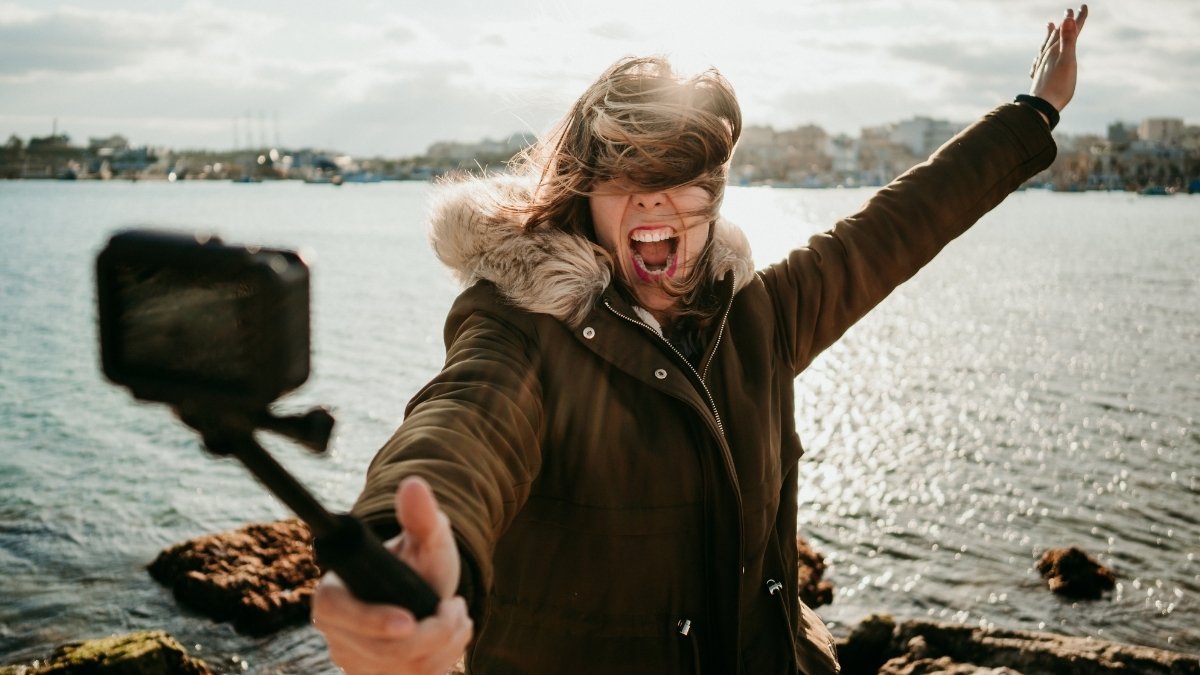The call ended with a dial tone. The hotel room I was in in Jakarta was plain and uninspiring. The phone went silent. That silence was the sound of my world falling apart. It was the sound of a $50,000 dream project disappearing.
The big assignment, the career boost, the promise of getting my money back—it all vanished.
All that was left was a huge financial loss. This wasn’t just a one-time scam by a clever criminal. It was a sign of a much bigger sickness at the heart of the travel influencer business.
This report uses my bad experience to show you a larger, darker world. It starts with how a smart, mind-bending scam works. Then, it digs into an industry built on trust that is now breaking apart because of so much fraud.
How a Fake Influencer Stole $50,000
The best lies are not crazy stories. They are built on things that seem true. Big social media scams use your professional goals and what you expect from the industry to trick you. The story below is about a travel photographer we’ll call “Alex.” It shows the clever mind games scammers use to turn a dream job into a financial disaster.
The Perfect Email: How Scammers Build Trust
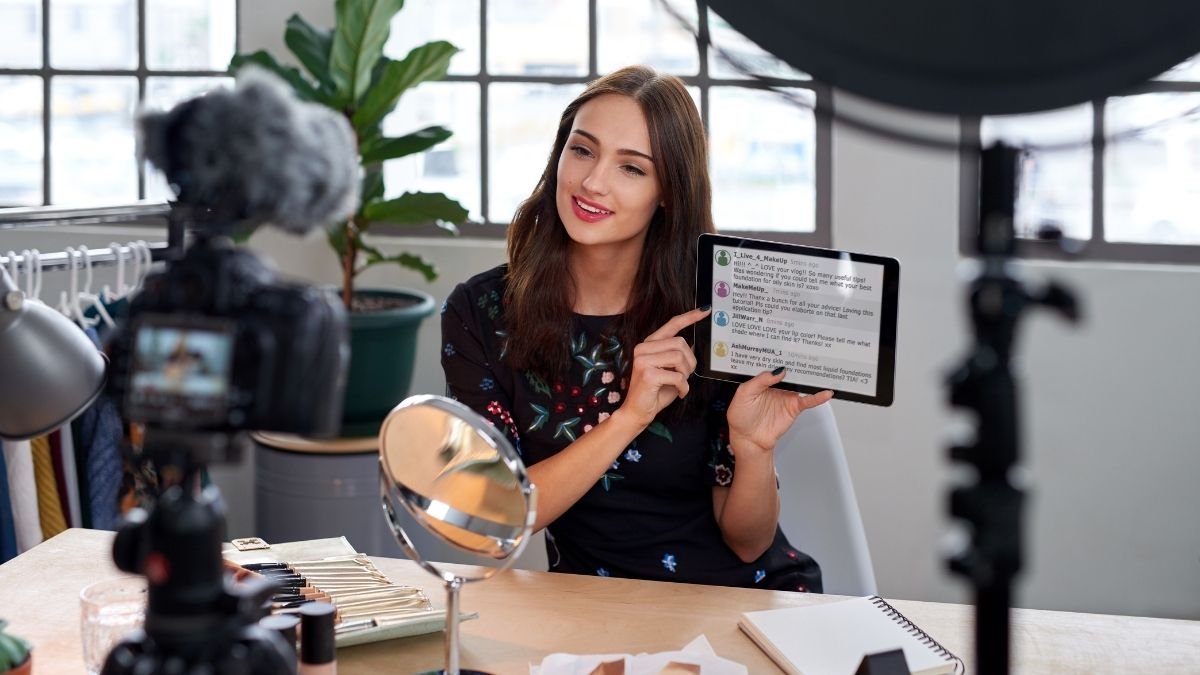
The scam started with an email. It was well-written, looked professional, and seemed to be from “Wendi Murdoch,” a famous businesswoman. The email was a work of art in tricking someone. It showed the scammer knew exactly who they were talking to.
It started by saying a top editor at Condé Nast Traveler gave them Alex’s name. Alex had just worked with them, so the email felt real right away. That one detail was meant to make Alex stop being suspicious.
The project sounded amazing, too. It was a big-budget job to travel in Indonesia and take pictures of Chinese heritage sites for the Beijing Winter Olympics. This wasn’t just a job with good pay. It was a project that sounded important and would look great in a portfolio. The scammers knew what a creator would want.
This shows a big weakness for freelancers: the best bait isn’t just money. It’s the promise of a career-changing project. As one security expert said, “Amateurs hack systems; professionals hack people”. The email was a perfect example of this. It used trust and reputation to set a trap.
This kind of trick shows a big problem for freelancers. People who work for big companies have accounting and legal teams to protect them. Freelancers are on their own. They have to check everything themselves and take all the financial risks. This freedom is what makes their career possible, but it also makes them easy targets.
When a scammer can pretend to be a real industry leader, a single freelancer doesn’t have much of a chance. They have to make big decisions with little information and no one to back them up. Criminals have learned how to use this against them.
Warning Signs You Might Miss
Next, the scammer made Alex feel like they were partners. They talked back and forth about the budget and schedule. The scammer, acting as Murdoch, even gave in on some things, like agreeing to pay more and start later. This is a smart trick. By letting the target “win” the negotiation, the scammer makes the deal feel more real. This gets the victim more invested and less likely to notice strange things later.
Once the contract was signed, the trap was ready. Just hours before the flight to Jakarta, a message came from the scammer’s “assistant.” He said they “forgot” a key photo permit. Alex needed to pay a few thousand dollars in cash right away to get it rushed. The timing was on purpose.
It created a stressful situation where it’s hard to think clearly. The scammer also promised to pay Alex back for it, which is normal for real jobs. This is a classic pressure move. It uses the time and hope the victim has already put in to get the first payment. For Alex, the choice was to pay the fee or give up on a huge opportunity.
Creating Chaos: The Scammer’s Mind Games
When Alex landed in Jakarta, it felt like a relief at first. A driver was waiting with a sign with Alex’s name on it, which made the job seem real. But that feeling didn’t last. The instructions for the first day were unclear, and there was no local team to help. Alex started to feel alone and confused in a new country.
This confusion was just the start of the mind games. The next morning, Alex got a panicked call from “Wendi.” She said the local driver was angry and refused to work anymore. She claimed Alex had been “racist” for taking the driver’s picture without asking. The claim was a complete lie. It was designed to shock Alex and make them feel defensive and sorry. It was a cruel but effective trick: accuse the victim of something terrible to make them feel off-balance.
While Alex was trying to apologize for something they didn’t do, “Wendi” asked for more money. She casually said another photo fee was needed for the next part of the trip. By asking for money during a conversation about a fake, serious problem, the scammer made the request seem less important.
It also made Alex want to fix the situation and get back on the client’s good side. To make things even weirder, “Wendi” asked Alex to split up from their spouse for the day’s work. This felt unsafe and set off a strong gut feeling that something was very wrong.
The Final Call: How They Disappear with the Money
The scam ended with one last, strangely pleasant phone call. “Wendi” smoothed over the fake problem and talked about the future. She said she wanted to meet Alex in New York when the project was done. This keeps the victim from getting suspicious and calling their bank or the police. The call ended with a promise that her assistant would call in an hour with a new schedule.
The assistant never called. As the hours passed, Alex realized the horrible truth. The famous client, the important project, the professional team—it was all fake. The $50,000 for flights, fees, and other costs was gone.
This awful experience was not a one-time thing. It turned out to be part of a large criminal operation. The methods and the location in Indonesia were all signs of a known scammer called the “Hollywood Con Queen.” This person has been cheating photographers, makeup artists, and other creative people for years. Alex was just one of hundreds of people who fell for the same scam. This story is a case study of a crime that targets the weaknesses of creative freelancers.
Inside the Fake Influencer Economy

The scam that cost Alex $50,000 was a custom-made trap. But it’s just one part of a much bigger, factory-like criminal business. To see the whole picture, you have to look at the huge, automated world of fake influence. It’s a market where being real is just something to sell, likes are a product, and you can buy a good reputation for cheap. This is where the “49% BS” idea becomes a real, measurable problem.
The Billion-Dollar Fake Market
Influencer marketing is huge. In 2024, it’s expected to be a $34.2 billion market, and it could grow to $48 billion by 2027. Brands are spending more and more on influencers. In 2024, 26% of marketing agencies said they spend over 40% of their budget on them. The number of sponsored posts is massive. In 2024, the U.S. had 18.9 million sponsored posts, which is almost 23% of all sponsored posts in the world.
But alongside this giant market, there’s a shadow market of fraud. In 2023, brands lost an estimated $1.3 billion to influencer fraud. This is money spent on campaigns that reached fake followers or no one at all. The $50,000 from Alex’s story is just a tiny piece of this.
This fake market is built on millions of fake social media accounts. One study found that about 95 million bot accounts are on Instagram. That’s about 9.5% of all users on the platform. This number is a big reason for the “49% BS” idea. When almost one in ten “users” isn’t a real person, you can’t trust the numbers for how many people see a post.
4 Ways Influencers Fake Their Popularity
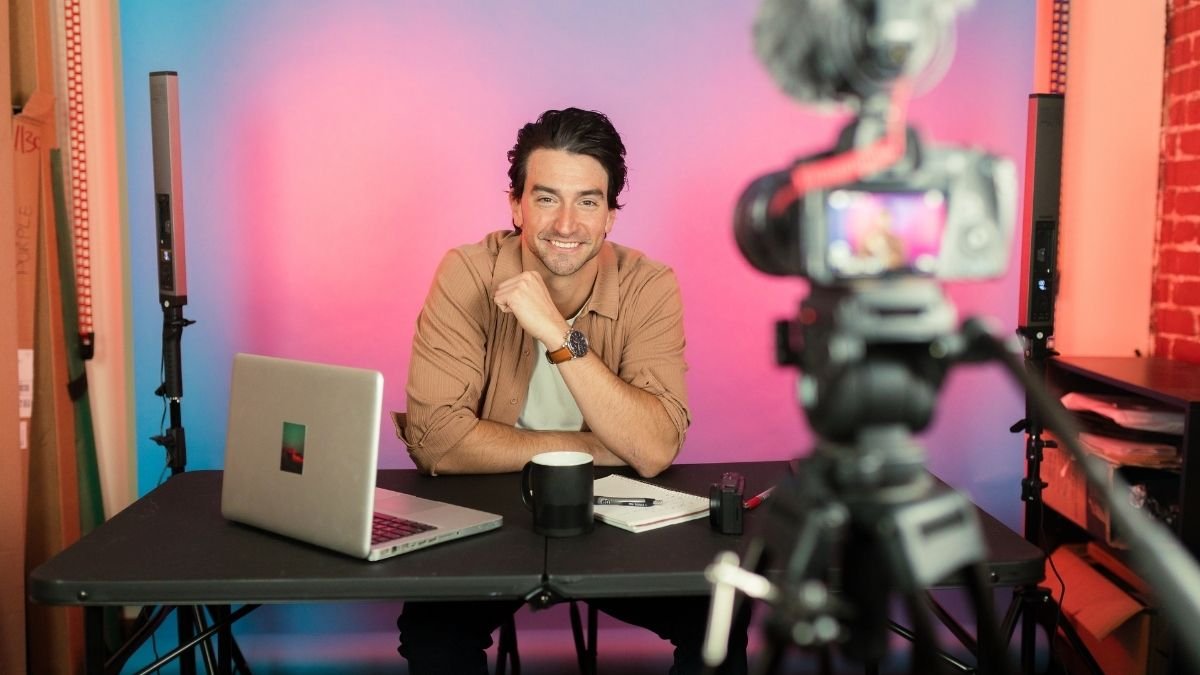
Influencer fraud comes in different forms, from simple tricks to advanced AI fakes. If you know what to look for, you can spot the fakes.
- 1. Follower Farms & Fake Audiences: This is the most common type of fraud. You can buy packages of fake followers online for very little money. One site sells 300 followers for only $7. These followers are usually bots or “ghost” accounts that are not active. You can spot them because they often have no profile picture, a username with random letters, and no posts. For brands that only look at follower count, this makes the number useless. A big follower count can just be a number someone paid for.
- 2. Engagement Pods & Fake Likes: A trickier type of fraud is “engagement pods.” These are groups of people, often in private chats, who agree to like and comment on each other’s posts to make them look more popular.10 This is harder to spot than bots because real people are involved. But the likes and comments are not real engagement. You can often spot these by seeing lots of generic comments like “Nice pic!” or “Great shot,” or seeing the same people commenting on every post. This tricks the social media platform into thinking the post is popular, so it shows it to more real users.
- 3. Content Scrapers & Thieves: To look like real creators, fake accounts often steal content. They repost photos from real influencers or use generic stock photos. This lets them build a profile that looks real without doing any of the work. This makes it even harder for brands to find real partners.
- 4. AI Ghosts & Fake People: The most advanced type of fraud is creating influencers with artificial intelligence. Aitana López is Spain’s first AI model. A design company made her because they were tired of working with real, unreliable influencers. Aitana is a 25-year-old with pink hair who makes up to €10,000 a month from brand deals. Her creators write her life story and decide what she posts. This is the ultimate fake, where the influencer herself is not real. This tech can create perfect brand ambassadors who can be put into any travel story, real or fake.
This whole system is like a service for fakes. It sells everything from follower packages to AI people. The real danger is how these fakes trick the social media platforms. The platforms are designed to show popular content to more people. They can’t always tell the difference between real and fake popularity.
So, a fake account can use bought likes to trick the system. The fake activity leads to real promotion, and the fake content gets shown to real people. A brand might see real views from this, but the whole thing is built on a lie.
Your Checklist: 5 Ways to Spot a Fake Influencer

To fight this, brands and users need a way to check for fakes. This table gives you a simple checklist of red flags.
| Red Flag Category | What to Look For | Why It’s a Warning |
| Followers | Big, sudden jumps in follower numbers. | They probably bought followers.11 |
| Follows as many people as follow them. | They are using “follow-for-follow” tricks, not real influence.15 | |
| Followers have no profile picture or posts. | These are signs of a fake, bot-filled audience.10 | |
| Engagement | Very few likes compared to their follower count. | The “audience” is fake and not seeing the posts.15 |
| Comments are generic (“Nice pic!”) or just emojis. | These are common comments from bots or engagement pods.10 | |
| The same few people comment on every post. | This is a strong sign of an engagement pod.14 | |
| Content | The feed is a mix of stolen or stock photos. | The “influencer” is not a real creator.11 |
| The bio makes crazy claims or has a copied story. | This is a quick way to build a fake personality.9 | |
| Too many sponsored posts (#ad) and not enough personal content. | This could be an account just trying to make money, with an audience that doesn’t care.15 |
Why No One Trusts Influencers Anymore

The fake travel world does more than just waste money. It has caused a huge drop in trust from people like you. It has changed how we get travel ideas and has made it harder for real creators to succeed. This “influencer apocalypse” is changing how we find, plan, and enjoy travel.
Why People Regret Following Influencer Advice

The biggest loss from all the influencer fraud is trust. At first, people trusted influencers more than regular ads.8 But that has changed. A 2025 forecast for UK travelers found that only 11% plan to use influencer tips for their trips. Even for people aged 18-24, less than a quarter are influenced by them. This is a huge drop in trust.
There are two main reasons for this, and both come from a gap between the content and the people watching it.
- It’s Too Expensive and Not Clear: A big reason people are turned off is that the travel they see looks impossible to afford. Almost two-thirds of people feel the places shown are way out of their price range. On top of that, 23% say the posts don’t give clear details on costs. This makes the trips feel like a fantasy. The constant stream of luxury hotels and first-class flights, with no mention of money, pushes away the very people they are trying to reach.
- Too Many Ads and Not Enough Realness: Studies also show that trust is down because there are too many ads and not enough honesty about sponsored posts. People know they are being sold to. The endless ads have made them cynical. People feel like they are watching a paid performance, not getting a real recommendation.
But not everyone feels this way. Younger people are different. While overall trust is down, up to 90% of Gen Z travelers still use social media to get travel ideas. This isn’t a mistake. It shows the market is splitting in two. Older people who saw social media change from a place to connect with friends to a place to shop are getting tired of it.
They are going back to things like magazines, travel agents, or Reddit. But for Gen Z, social media is where they have always gotten information. They are not leaving. Instead, they are getting better at spotting fakes. They are ignoring the big, polished influencers and following smaller, niche creators who seem more real and relatable. The “influencer apocalypse” is not killing off influencers. It’s splitting the audience.
The Search for Real Travel in a Fake World

The problem with trust in influencers shows a bigger problem with how we travel today. The pressure to take perfect, “Instagrammable” photos has turned travel from a personal experience into a performance. A trip’s value is now often measured by the pictures it produces, not the experience itself.
This is the opposite of what real travel writers talked about. The late Anthony Bourdain said travel should change you, and that it’s not always comfortable. “Travel isn’t always pretty. It isn’t always comfortable. Sometimes it hurts, it even breaks your heart,” he said. “But that’s okay.
The journey changes you; it should change you”. Writer Paul Theroux also said there’s a big difference between just seeing things and really experiencing them: “Tourists don’t know where they’ve been, travelers don’t know where they’re going”. They celebrated the messy, unplanned, and personal side of travel.
The fake influencer model sells the exact opposite. It’s a clean, predictable product. It’s about getting a picture of a place, not letting the place change you. When people reject this, they are rejecting more than just fake followers.
They are rejecting fake travel. The lack of trust is a sign that people want to see the world as it really is, not just how it looks in a filtered, sponsored post. As one expert, Brian Salzman, said, “It’s a pay-to-play model where brands are paying people to say certain things without experiencing the brand”.
How Fake Influencers Hurt Real Creators
The biggest victims of the influencer apocalypse are the real creators. These are the people who build their audience slowly, make great content, and are honest. They are stuck in an unfair system that often rewards fakes.
Their real, hard-earned engagement has to compete with the fake numbers of fraudsters. This creates a situation that one CEO, Gil Eyal, compared to “performance-enhancing drugs.” He said, “when one influencer uses it, others have to do the same thing to keep up”.
Many refuse to cheat, but they are at a disadvantage when brands choose to work with accounts that have bigger but fake numbers. This pressure is tough on real creators and can lead to burnout. You can see their frustration in online groups where they talk about how hard it is to grow while fake accounts get all the rewards.
How to Protect Yourself from Fake Influencers
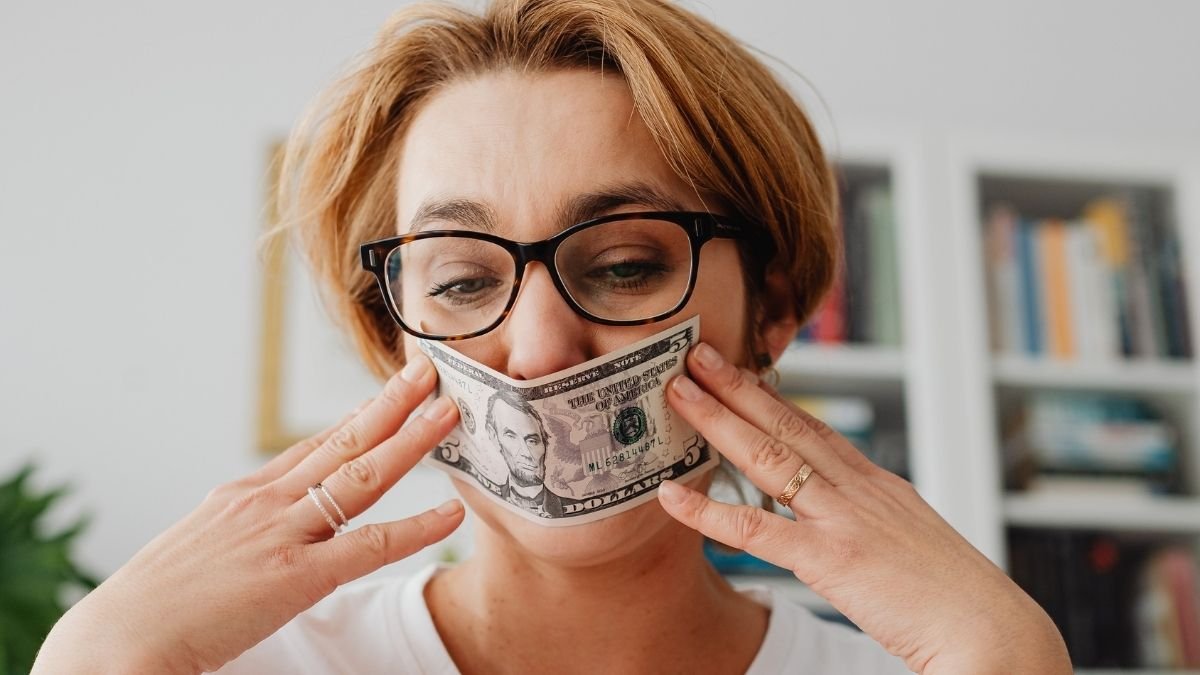
The fake travel world isn’t the end of influencers. It’s a wake-up call. For the industry to get back on its feet, everyone—travelers, brands, and creators—needs a new plan. This plan must be based on thinking critically, checking facts, and a new focus on being real. This is your guide for what to do now.
3 Rules for Travelers: How to Find Real Advice
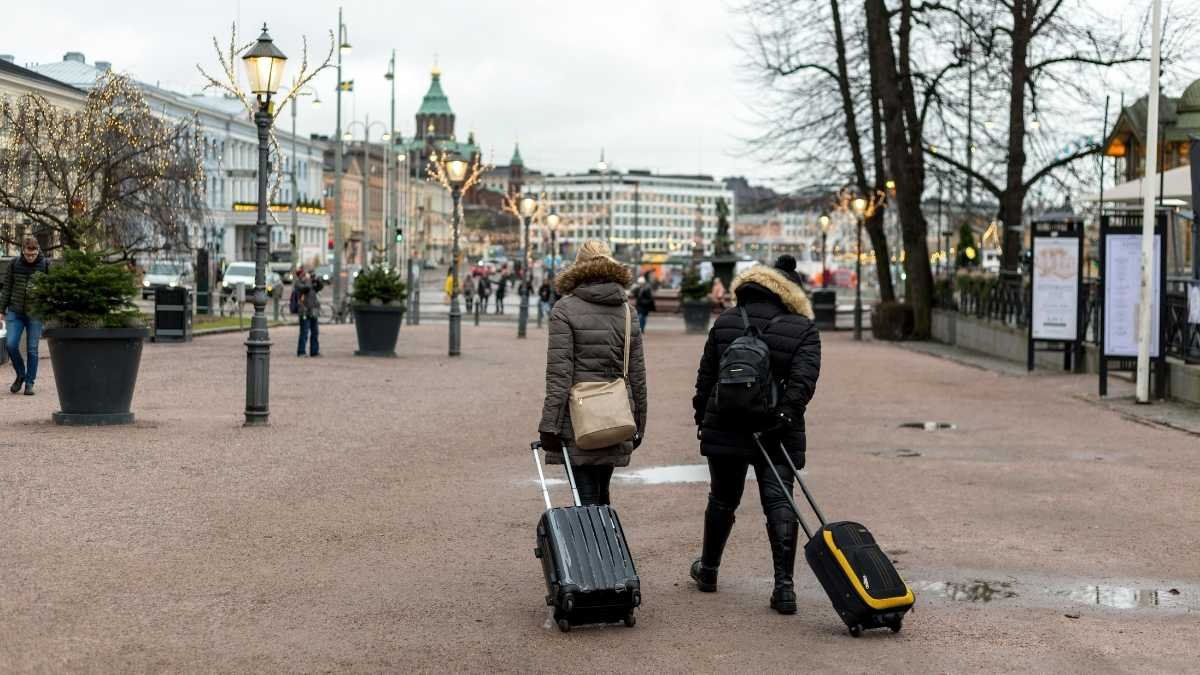
If you’re tired of the fake influencer world, the first step is to take back control of where you get your travel ideas. This means looking beyond just Instagram and TikTok. People are already doing this. The most trusted source is still friends and family (46% of travelers). But travel agents (20%) and review sites like TripAdvisor (20%) are just as trusted as social media influencers (11%). Online groups on Reddit (also 11%) offer honest advice from real people that many now trust more than sponsored posts.
When you do look at social media, be more critical. A simple checklist can help you spot fakes:
- Question Perfection: Is every picture perfect? Does it look staged? Real travel has flaws and surprises.
- Check the Engagement: Don’t just look at the number of likes. Read the comments. Are they real conversations, or just generic spam? This can show you the difference between a real community and bots.
- Look for Money Talk: Does the influencer talk about how much things cost? Or is it just a dream with no connection to reality? Not being open about costs is a big red flag for people who feel influencer travel is out of reach.
By being an active, smart consumer of content, you can find real inspiration and avoid being tricked.
A Guide for Brands: 4 Steps to Hiring Real Influencers
For brands, this new world requires a big change in how you work with influencers. You need to stop focusing on just follower counts and start looking for real connections. Avoiding fraud isn’t just about saving money. It’s about protecting your brand’s name and making sure your marketing connects with people who are tired of fakes.
Here is a new guide for brands:
- Set Goals Beyond “Reach”: Your main goal shouldn’t be to just reach a lot of people. Instead, find creators who are experts in a specific place or topic, who share your brand’s values, and whose audience is the one you want to reach.
- Always Check Manually: Before you hire anyone, your team must look through the influencer’s profile by hand. Use the “Your Checklist” from Part II of this report to look for signs of fake followers or fake engagement.
- Use Professional Tools: For a deeper look, use special influencer marketing tools. Services like HypeAuditor and Klear are made to find fraud. They check follower quality and growth to spot suspicious activity you might not see on your own.
- Build Long-Term Relationships: The best influencer marketing comes from long-term partnerships, not just one-off posts. Studies show that 69% of marketers say long-term relationships are their best strategy. These partnerships let an influencer become a real fan of your brand, which builds more trust with their audience.
Also, brands should focus more on nano-influencers (1k–10k followers) and micro-influencers (10k–100k followers). The data shows these smaller creators give much more value. They have higher engagement rates, with micro-influencers getting 7.2% compared to just 2.4% for big influencers.
People see their content as more real and trustworthy, and 82% of people say they are very likely to follow a recommendation from a micro-influencer. They also cost less, which lets brands work with a variety of real creators instead of putting all their money on one big name who might be less trusted.
Conclusion
It’s a constant battle online. As the tools to spot fakes get better, the ways to cheat get smarter. The rise of AI-made content and fake influencers is a new type of fraud that will be hard to stop with just technology.
The story of Mia Zelu, the AI influencer who said she was fake in her bio but still fooled many people, shows that the problem is not just about tech. It’s about how our minds work. A label isn’t enough to stop the human brain from believing what it sees.
So, the best defense against the “influencer apocalypse” is not a better program, but smarter, more critical people. Your own judgment is the best filter. As we all get better at spotting fakes, the money that fuels the fake travel world will start to dry up. When brands get called out for working with fakes, and when fake accounts are ignored instead of promoted, the market will have to fix itself. The power is slowly coming back to us.
The $50,000 I lost in that Jakarta hotel was a very expensive lesson. It was the price I paid to learn how a broken system works. What I learned from that painful experience is in this report. It’s a warning for others and a guide for how to move forward. By showing how the huge world of online fakes works, I hope we can make room for what is real and truly inspiring to grow again. The future of influence, if there is one, has to be about real people.

